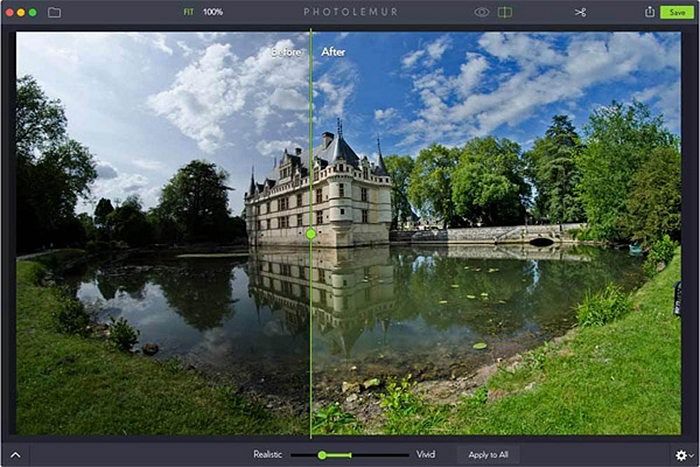
As you increase the gain on an amplifier, the sound gets louder, but any errors or unwanted sounds also get amplified. This is because the ISO setting works a bit like the gain on an amplifier. As a general rule and all else being equal, the higher the ISO, the noisier the image will be. The first of these is the ISO setting of your camera. Unedited 100% crop, 6400 ISO, no noise reduction appliedīoth types of noise appear in some form in all digital images, however there are a number of factors which can cause increased noise. You can see both types of noise in the below image. The former appears as colored speckles and the latter appears as a grainy effect. There are two types of noise in digital photography, color noise and luminance noise. Noise appears as random color or brightness variations across an image, which can give it a grainy or splotched appearance on close inspection. A Word of Warning about AI tools and Photo Contests.Which Noise Reduction Software is Best?.Noise Reduction Software Results Conclusion.

I’ve spent a lot of time editing photos and trying out a range of noise reduction tools, which I use in my photography workflow on a regular basis. Whilst it’s nice to get everything right in camera, that isn’t always possible, and noise is often an unavoidable side effect of photography. Specifically, I’ll be comparing Topaz DeNoise AI 3 against On1 NoNoise AI 2022, DxO PureRAW 2, and Adobe Lightroom Classic 11.Īs a professional photographer who also teaches photography online, I’m always striving to get the best out of my images. In this guide, I’m going to compare some of the most popular noise reduction software applications on the market, to give you an idea of which might be best for you. Noise reduction can be an important part of a photographer’s workflow.


 0 kommentar(er)
0 kommentar(er)
